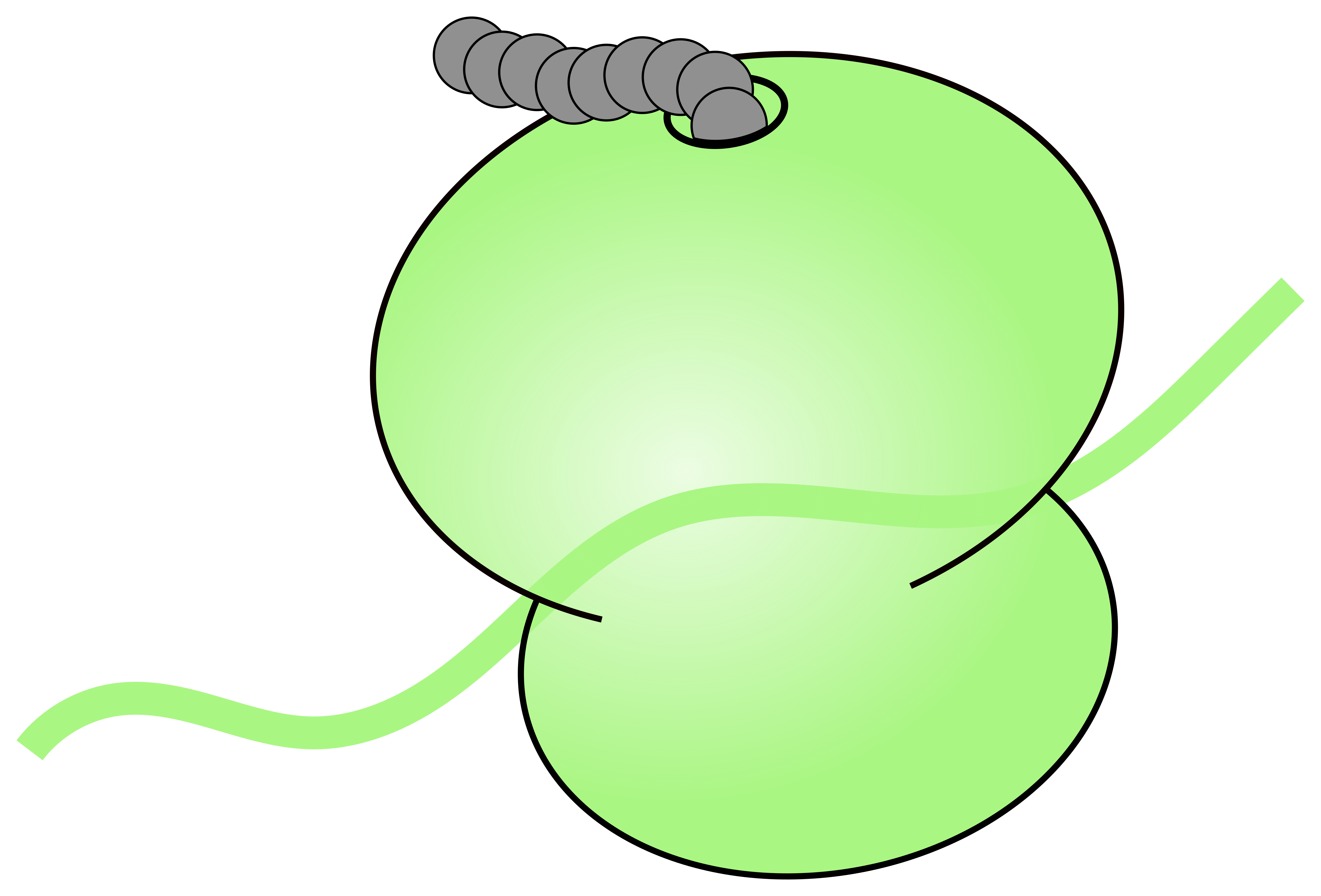Open Reading Frame (ORF)

ORF
ID CARD
MetamORF ID
3307846
Chromosome
11
Strand
+
Start-stop positions
64185825-64204126
Nucleic length (bp)
1773
Sequences
Nucleic sequence
ATG ...
Amino acid sequence
MES ...
Spliced: Yes
Exons
14
Exons start-end
64185825-64185974
64193078-64193287
64194189-64194330
64194479-64194620
64195645-64195813
64197271-64197397
64197493-64197595
64197854-64197974
64199940-64200036
64200169-64200293
64202876-64202912
64203125-64203228
64203450-64203622
64204054-64204126
Genome browsers
ID
Aliases
ENSG00000168439
HGNC:11387,
HOP,
NCBI:10963
OFF:STIP1,
STI1,
STIP1
Transcripts
1 unknown transcript
|
MetamORF transcript ID The MetamORF ID of the transcript. This is an arbitrary ID that does not correspond to any official (Ensembl, NCBI...) transcript ID or external reference. |
Transcript ID The official transcript ID (usually an Ensembl ID, e.g. ENST00000395565). |
Transcript biotype
The biotype of the transcript (as defined by Ensembl). |
Relative positions The relative positions of the start and stop codons of the ORF on the transcript. |
Identification
The method of identification used to identify the ORF. MetamORF currently integrates data from three main type of identification methods: bioinformatic predictions, ribosome profiling experiments and mass spectrometry experiments (either proteomics or proteogenomics). See the data sources section of the advances documentation for more information about this. |
Start flanking sequence The sequence flanking the start codon of the ORF on the transcript. This sequence registered the nucleotides from -6 to +4 positions, where +1 corresponds to the first nucleotide of the ORF start codon. |
Kozak context The Kozak context computed by our algorithm for the ORF on the transcript. See the Kozak contexts section of the advanced documentation for more details regarding the nomenclature we use. |
Exp. count The number of original datasets that identifed the ORF on the transcript. |
Data sources
The data sources in which the ORF has been identified. Click on the button to display all the original IDs in a pop-up. See the data sources section of the advanced documentation for more details regarding the information related to the data sources and the original ORF IDs. |
ORF annotations A comma-separated list of the annotations computed by our algorithm for the ORF on the transcript. See the section dedicated to ORF annotations in the advanced documentation for more details regarding the nomenclature we use. |
Cell types
A comma-separated list of the cell types in which the ORF has already been identified on the transcript. |
| 3307838 | UNKNOWN_TRANSCRIPT | - |
Ribo-seq |
1 |
Erhard2018
|
|
HFF
|
Export data